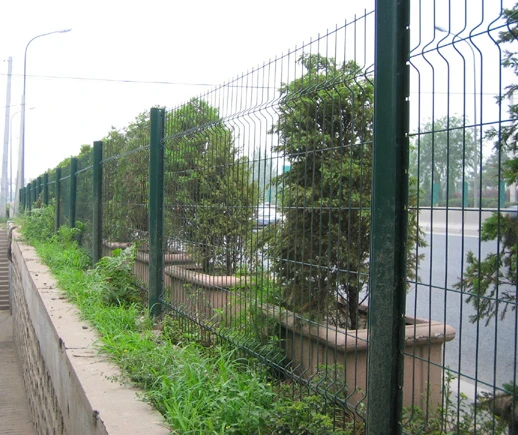Understanding Chain Link Fence Line Post Extensions
When constructing or maintaining a chain link fence, one of the critical components to consider is the line post. Line posts serve as the main support structure for the entire fence, providing stability and strength. However, there may be situations where an extension is needed to accommodate specific needs such as increased height, security measures, or adjustments due to landscape changes. In this article, we will explore the concept of chain link fence line post extensions, their purpose, and the best practices involved in implementing them.
What is a Line Post?
A line post is a vertical post used to support the chain link fabric and connect the fence sections. Typically spaced between 6 to 10 feet apart, these posts are essential for maintaining the integrity of the fence. The line post is usually made of galvanized steel to withstand environmental conditions, while its height typically ranges from 4 to 12 feet, depending on the intended purpose of the fence.
Reasons for Line Post Extensions
1. Height Modification One of the most common reasons for extending a chain link fence line post is to increase the height of the fence. This is often desired for enhanced security or privacy, particularly in residential areas or around commercial properties. An extension can allow for additional barbed wire or privacy slats, making the barrier more effective.
2. Terrain Adjustments Landscapes are not always flat, and as a result, the height of posts may need to be adjusted to maintain uniformity across varying terrain. In hilly or uneven areas, extensions can ensure that the fence remains a consistent height, preventing gaps that could compromise its effectiveness.
3. Aesthetic Improvements Sometimes property owners may wish to improve the visual appeal of their fences. By extending the line posts, decorative elements such as finials or extensions for plants can be added, enhancing the overall look of the fence.
chain link fence line post extension

4. Compliance and Regulations Local zoning laws and neighborhood regulations might impose height restrictions. A line post extension can help meet these requirements while still providing a solid barrier.
Best Practices for Implementing Line Post Extensions
1. Selecting the Right Materials When extending line posts, it’s crucial to choose high-quality materials. Galvanized steel extensions are a popular choice due to their durability and resistance to rust. The extension should also match the existing posts for a uniform appearance.
2. Proper Measurement Before installing extensions, accurate measurements are essential. Consider not only the desired height but also the implications for stability. Posts should not extend too high without adequate support, as this can lead to leaning or collapsing.
3. Professional Installation While DIY methods can work for many home improvements, fencing can be complex. Hiring professionals ensures that the line post extensions are installed correctly, preventing future issues with instability or misalignment.
4. Review Local Codes Always check local building codes before making modifications to existing fences. Compliance with regulations ensures a smoother process and avoids potential fines or required removals.
Conclusion
Chain link fence line post extensions can play a crucial role in enhancing security, aesthetic appeal, and functionality. By understanding the reasons for these extensions and following best practices, property owners can effectively maintain their fences while adapting to their evolving needs. Whether for increased privacy, landscape adjustments, or compliance with local regulations, line post extensions provide a practical solution that can benefit any fencing project.
















